
Cultural Anthropology
Fourteenth Edition
Carol R. Ember
Human Relations Area Files
Melvin Ember
BostonColumbusIndianapolisNew YorkSan FranciscoUpper Saddle River AmsterdamCape TownDubaiLondonMadridMilanMunichParisMontralToronto DelhiMexico CitySo PauloSydneyHong KongSeoulSingaporeTaipeiTokyo
Editorial Director: Dickson Musslewhite
Publisher: Charlyce Jones-Owen
Editorial Assistant: Maureen Diana
Program Manager: Emily Tamburri
Project Manager: Nicole Conforti
Marketing Coordinator: Jessica Warren
Procurement Manager: MaryAnn Gloriande
Art Director: Kathryn Foot
Cover Art: Keren Su/Corbis
Director, Digital Studio: Sacha Laustein
Media Product Manager: David Alick
Media Project Manager: Amanda Smith
Full-Service Project Management: Jenna Vittorioso
Composition: Lumina Datamatics, Inc.
Printer/Binder and Cover Printer: RR Donnelley; Phoenix Color
 DK Maps designed and productioned by DK Education, a division of Dorling Kindersley Limited, 80 Strand, London WC2R ORL. DK and the DK logo are registered trademarks of Dorling Kindersley Limited.
DK Maps designed and productioned by DK Education, a division of Dorling Kindersley Limited, 80 Strand, London WC2R ORL. DK and the DK logo are registered trademarks of Dorling Kindersley Limited.
This book was set in 10/12, ITC Galliard Std.
Credits and acknowledgments borrowed from other sources and reproduced, with permission, in this textbook appear on the appropriate page within the text (or on pages 465467).
Copyright 2015, 2011, 2007, 2005, 2002, 1999 Pearson Education, Inc., 330 Hudson Avenue, Hoboken, NJ. All rights reserved. Manufactured in the United States of America. This publication is protected by Copyright, and permission should be obtained from the publisher prior to any prohibited reproduction, storage in a retrieval system, or transmission in any form or by any means, electronic, mechanical, photocopying, recording, or likewise. To obtain permission(s) to use material from this work, please submit a written request to Pearson Education, Inc., Permissions Department, 330 Hudson Ave., Hoboken, NJ.
The Cataloging-in-Publication Data is on record at the Library of Congress.
10 9 8 7 6 5 4 3 2 1

Student Edition
ISBN-10: 0-205-95719-6
ISBN-13: 978-0-205-95719-4
A la Carte Edition
ISBN-10: 0-13-404181-X
ISBN-13: 978-0-13-404181-0
For Mel
Always the optimist, who believed that there were laws governing human behavior that could be found if you thought hard enough, worked hard enough, and tested ideas against the anthropological record.

19332009
Brief Contents
Contents
Part I Introduction to Anthropology
Part II Cultural Evolution
Part III Using Anthropology
Boxes
Applied Anthropology
Current Research and Issues
Migrants and Immigrants
Perspectives on Gender
maps
Preface
One of the most obvious changes in this fourteenth edition of Cultural Anthropology is the new formata single-column format with larger photographs which we hope will be more engaging. But the changes go far beyond style. As always, we spend considerable time updating the research, not only on topics already covered, but on topics we think should be added. In this edition, we have also reorganized and reordered some chapters. For example, we have moved the chapter on culture and the individual to follow culture and culture change to reinforce the idea that individuals are agents of change. To make more room for discussion of practicing and applied anthropology, we have taken medical anthropology out of applied anthropology and put it into its own chapter on health and illness. But because we did not want to add more chapters, we incorporated some discussion of theory, formerly in a separate chapter, into understanding and explaining culture.
We remain committed to some basic principles. The first is that we want our readers to develop a better understanding of, and hopefully, greater tolerance for human diversity. The second is that we believe that to better understand cultural variation, we need to consider the physical and social environments in which people live. The third is that while an introductory book must impart core knowledge and concepts, we try very hard to convey that research is an ongoing, exciting process and therefore ideas and understandings change over time.
Most importantly, we have always tried to go beyond descriptions to explain not only what humans are and were like but also why they got to be that way, in all their variety. This edition is no different. An important part of updating the text is finding new explanations, and we try to communicate the necessity to evaluate these new explanations logically as well as on the basis of the available evidence. Throughout the book, we try to communicate that no idea, including ideas put forward in textbooks, should be accepted even tentatively without supporting tests that could have gone the other way.
Whats New to This Edition
Engaging Pedagogically-Driven Design
NEW!
Learning Objectives have been added to each chapter helping readers to focus on the material ahead. Chapter-ending summary materials have been completely revised to link back to the Learning Objectives presenting a more clear overview of the important material covered in the chapter.
A Clear Understanding of humans
NEW! Application of major topics.
Applied Anthropology Boxes provide students a better understanding of the vast range of issues to which anthropological knowledge can be usefully applied. These boxes offer an additional way to show how anthropology helps people lead better lives. Significant expansion of practicing anthropology with an expanded chapter and separation of medical anthropology into its own chapter.
Focus on Contemporary issues
NEW! Environmental issues.
An expanded focus on environmental issues is presented.
Chapter-by-Chapter Changes Part I: Introduction to Anthropology
: What Is Anthropology?
Two new boxes on individual anthropologistsan ethnographer and a physical anthropologistand their work.
: Culture and Culture Change
This chapter has been revised considerably to make it more engaging. New examples on food preferences and taboos are used to illustrate that culture is learned. The section on controversies about the concept of culture has been rewritten. A new section and figure on baby names in the United States illustrates random copying of neutral traits. A broader and more historical view of globalization is introduced. The revolution section now contains a discussion of the Arab Spring and the difficulties of bringing about change by revolution. The second box has been updated and discusses an applied anthropologists attempts to accommodate Bedouin needs in designed change programs with the Oman government.
Next page

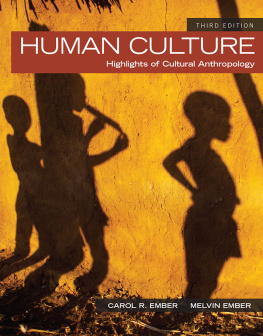

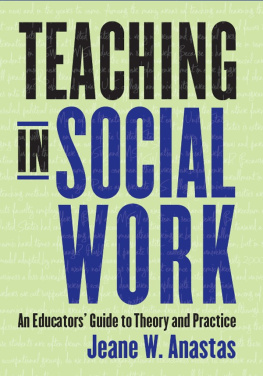

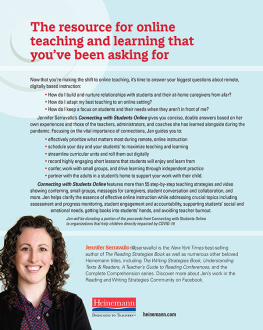



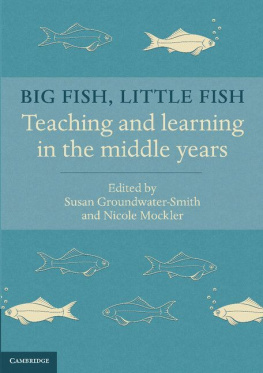
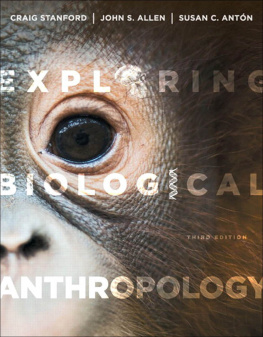
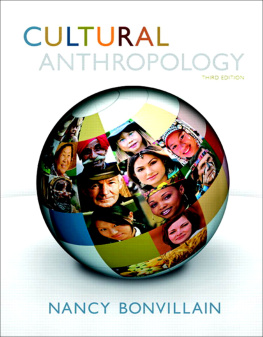


 DK Maps designed and productioned by DK Education, a division of Dorling Kindersley Limited, 80 Strand, London WC2R ORL. DK and the DK logo are registered trademarks of Dorling Kindersley Limited.
DK Maps designed and productioned by DK Education, a division of Dorling Kindersley Limited, 80 Strand, London WC2R ORL. DK and the DK logo are registered trademarks of Dorling Kindersley Limited.